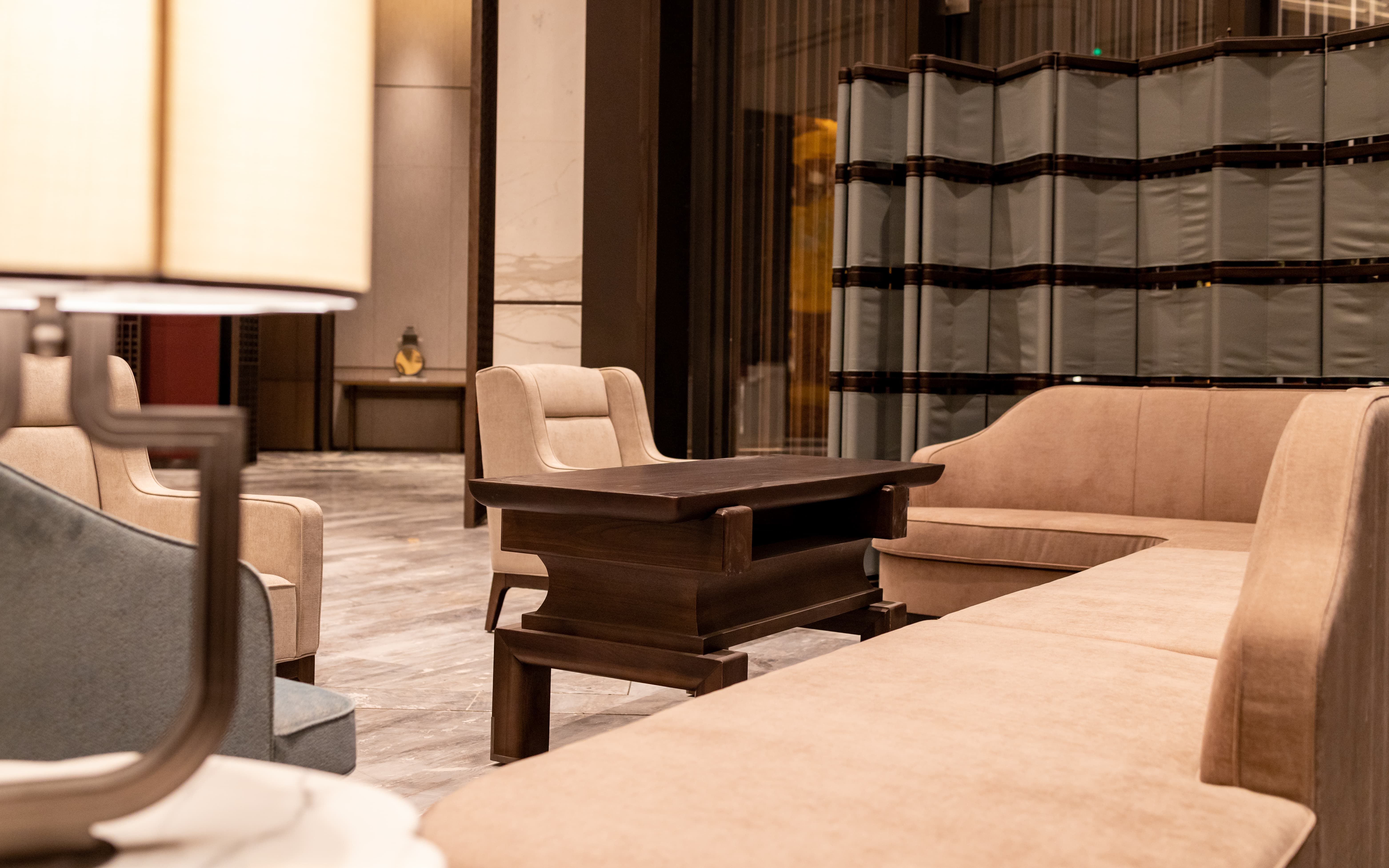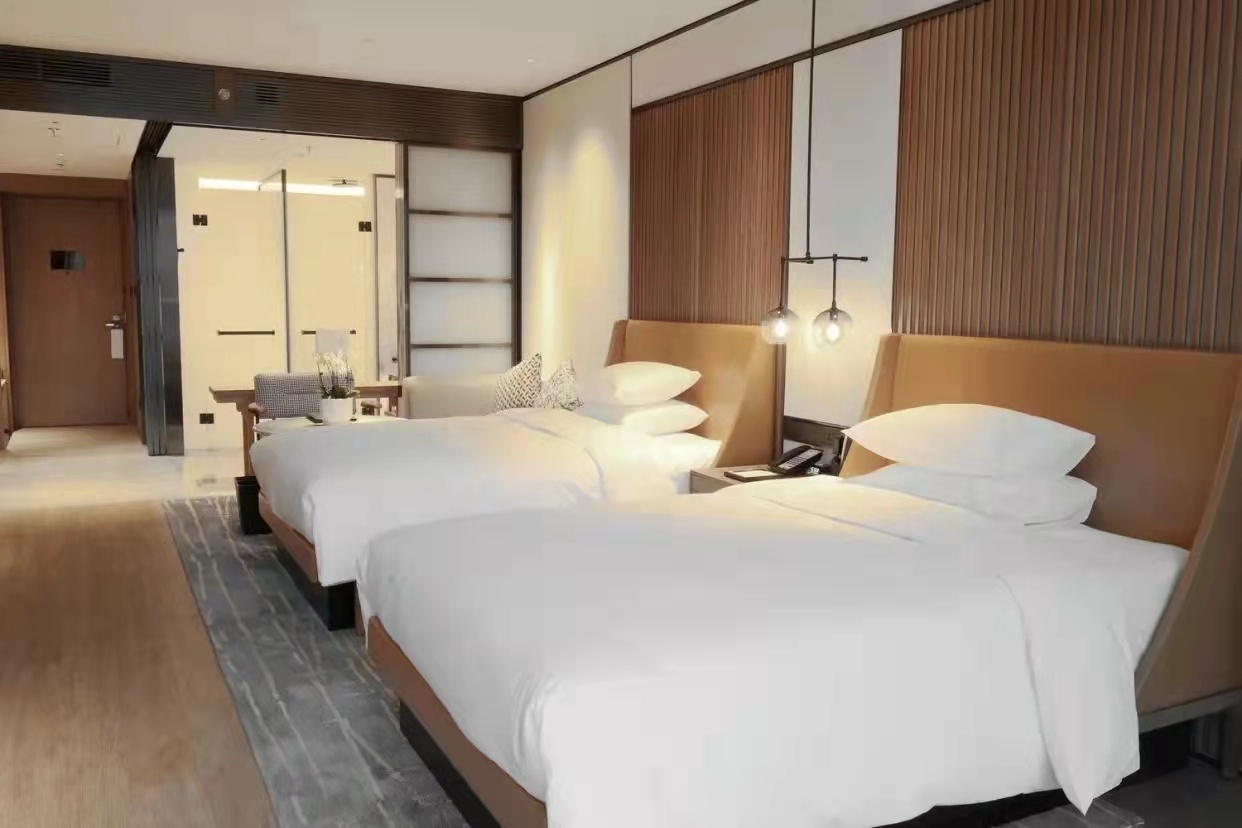The Role of Modern Lobby Furniture in Hotel Branding: Crafting Memorable First Impressions
Publish Time:
2025-10-10
The Role of Modern Lobby Furniture in Hotel Branding
Table of Contents
- Understanding Hotel Branding and Its Importance
- Why First Impressions Matter in Hospitality
- The Evolution of Modern Lobby Furniture Design
- Creating a Welcoming Atmosphere with Lobby Furniture
- Branding Through Furniture: Elements to Consider
- Using Lobby Furniture as a Marketing Tool
- Case Studies: Successful Lobby Furniture Implementations
- Future Trends in Lobby Furniture and Hotel Branding
- Conclusion
- FAQs about Lobby Furniture and Hotel Branding
Understanding Hotel Branding and Its Importance
The concept of **hotel branding** extends beyond just a logo or a catchy slogan. It encapsulates the entire guest experience, from the moment a visitor walks through the door until they check out. Modern hotel branding aims to create a unique identity that resonates with target guests and fosters loyalty. Each element within the hotel, including the **lobby furniture**, plays a significant role in conveying this brand message.
A well-crafted brand identity sets hotels apart from their competitors. With the right lobby furniture, hotels can express their core values and aesthetic, whether it be luxury, comfort, innovation, or sustainability.
Why First Impressions Matter in Hospitality
Research shows that guests form opinions within seconds of entering a hotel lobby. This initial impression is critical, as it can affect their overall perception of the hotel experience. **Modern lobby furniture** contributes to this first impression in several ways:
- **Visual Appeal:** Striking furniture designs can catch guests' attention immediately, setting the tone for the rest of their stay.
- **Comfort and Functionality:** Comfortable seating arrangements encourage guests to linger, potentially enhancing their experience and increasing the likelihood of return visits.
- **Brand Representation:** The choice of materials, colors, and styles reflects the hotel's brand, creating a cohesive visual narrative.
An inviting atmosphere supported by thoughtful furniture choices can transform a simple lobby into a memorable entry point, one that reinforces the hotel's brand identity.
The Evolution of Modern Lobby Furniture Design
In recent years, lobby furniture design has shifted dramatically to keep pace with changing guest expectations and design trends. The contemporary emphasis is on **sustainability**, **versatility**, and **innovation**.
Furniture pieces are now crafted from eco-friendly materials and designed for durability, addressing both aesthetic and functional needs. For example, modular seating arrangements allow for flexibility, and can be modified to accommodate various group sizes and social interactions.
Additionally, technology integration is becoming more prevalent in lobby furniture design. Charging stations, smart furniture options, and Wi-Fi access points embedded within seating arrangements help cater to tech-savvy travelers.
Creating a Welcoming Atmosphere with Lobby Furniture
The **atmosphere** of a hotel lobby significantly impacts guest emotions and perceptions. Using lobby furniture strategically can enhance this atmosphere in various ways:
- **Color Psychology:** Colors influence mood. Warm tones like reds and oranges can create a cozy environment, while cool colors like blues and greens can evoke a sense of calm. Choosing the right color palette for lobby furniture can enhance the guest experience.
- **Spatial Arrangement:** Open layouts with well-placed furniture encourage movement and interaction, making guests feel welcomed. Clearly defined spaces for relaxation and social interaction can enhance comfort.
- **Complementing Architecture:** The design of the furniture should harmonize with the overall architecture of the hotel. Modern, sleek furniture can complement contemporary designs, while traditional styles can enhance classic architecture.
By thoughtfully selecting and arranging lobby furniture, hotels can create an inviting and engaging atmosphere that resonates with guests.
Branding Through Furniture: Elements to Consider
When selecting lobby furniture, hotels should consider several elements that directly impact branding:
- **Style Consistency:** The furniture should align with the hotel's overall theme and brand message. For instance, a luxury hotel might opt for high-end materials and elegant designs, while a boutique hotel may embrace eclectic, artistic pieces.
- **Local Influence:** Incorporating local artistry into furniture design can create a sense of place and connect guests to the region, enhancing their overall experience.
- **Functionality vs. Aesthetics:** While it’s important for furniture to be visually appealing, it must also serve its purpose effectively. Combining aesthetics with functionality ensures that guests feel comfortable and satisfied.
By aligning furniture choices with branding strategies, hotels can create a cohesive guest experience that reinforces brand loyalty.
Using Lobby Furniture as a Marketing Tool
Lobby furniture is more than just functional; it serves as a powerful marketing tool:
- **Social Media Opportunities:** Unique and visually striking furniture pieces can encourage guests to take photos and share them on social media, providing organic marketing for the hotel.
- **Events and Activities:** Furniture can be arranged to accommodate events, such as art exhibits, live music, or guest meet-and-greets, creating a buzz around the hotel.
- **Showcasing Local Culture:** By featuring local artisans and craftspeople in their furniture choices, hotels can market themselves as community-focused and culturally aware.
When hotels leverage lobby furniture effectively as a marketing tool, they can enhance visibility and attract a broader audience.
Case Studies: Successful Lobby Furniture Implementations
Examining successful case studies can provide valuable insights into effective lobby furniture strategies:
- **The Ace Hotel:** Known for its eclectic style, the Ace Hotel chain often incorporates vintage furniture that reflects local culture and history. This approach not only enhances the aesthetic but also makes guests feel connected to the community.
- **The Four Seasons:** This luxury hotel brand invests heavily in high-quality, bespoke furniture that aligns with its premium branding. Each piece tells a story, creating an exclusive environment that appeals to high-end travelers.
- **The Standard:** This brand features bold, modern designs that attract a younger demographic. Their lobby furniture includes playful, unconventional pieces that encourage guests to relax and socialize.
These examples illustrate how thoughtful furniture choices can enhance branding and guest experiences.
Future Trends in Lobby Furniture and Hotel Branding
As the hospitality industry continues to evolve, so do the trends in lobby furniture. Here are some anticipated trends:
- **Sustainability:** A growing emphasis on environmentally friendly practices will lead to more furniture makers prioritizing sustainable materials and production methods.
- **Smart Technology:** Integration of smart technology will become more prevalent, with features like app-controlled lighting and charging stations becoming standard in lobby furniture.
- **Health and Wellness:** Furniture designs focused on promoting wellness, such as ergonomic seating and relaxation areas, will gain traction as guests prioritize health during their travels.
By staying ahead of these trends, hotels can maintain a competitive edge and continue to attract guests.
Conclusion
In conclusion, modern lobby furniture plays an indispensable role in hotel branding. From crafting first impressions to enhancing the overall guest experience, the right furniture choices can significantly impact a hotel's identity and reputation. By understanding the importance of design, functionality, and branding, hotels can leverage lobby furniture to create inviting spaces that resonate with guests and foster loyalty.
FAQs about Lobby Furniture and Hotel Branding
1. What are the key elements to consider when selecting lobby furniture for a hotel?
Key elements include brand alignment, comfort, durability, aesthetics, and functionality.
2. How does lobby furniture influence guest perceptions?
Lobby furniture influences perceptions by creating an atmosphere that reflects the hotel's brand and encourages comfort and interaction.
3. Can lobby furniture be a marketing tool?
Yes, unique and visually appealing furniture can encourage social media sharing and host events, effectively marketing the hotel.
4. What are some current trends in lobby furniture design?
Trends include sustainability, smart technology integration, and wellness-focused designs.
5. How can hotels ensure their lobby furniture aligns with their overall branding?
Hotels can ensure alignment by selecting furniture that complements their brand's style, ethos, and target demographic while maintaining consistency across design elements.
Previous Page
Online Message
*We will contact you as soon as possible after receiving your message!
Friendly Links:





